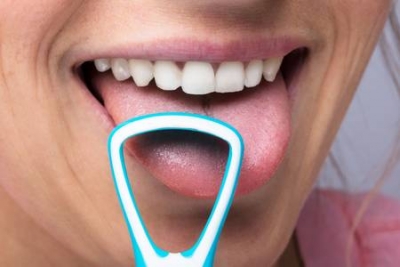
Struggling with bad breath? You’re not alone.
This device could be your key to better sleep and a healthier lifestyle.
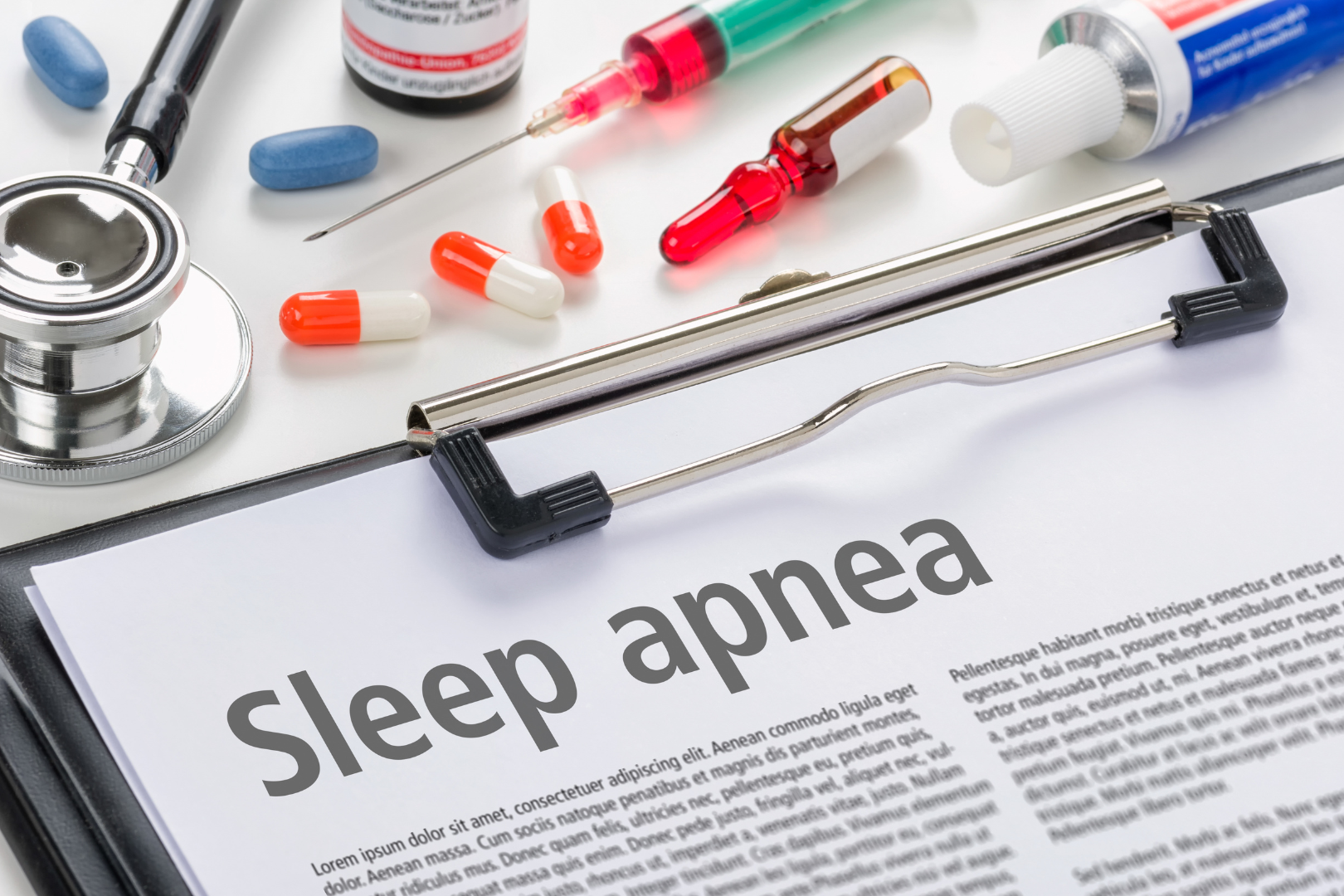
Waking up feeling like you never slept? Struggling to breathe at night or hearing complaints about your loud snoring?
Sleep apnea might be to blame, and it can leave you feeling drained, foggy, and frustrated. The good news is — a sleep apnea dental appliance could be the simple, non-invasive solution you need to reclaim restful nights and energised days.
If it’s your first time hearing about a device like this, we’re here to help. This article covers everything you need to know about this device and how it works.

Sleep apnea is a common but serious sleep disorder where your breathing repeatedly stops and starts during the night. These interruptions can rob your body of the oxygen it needs, leaving you with disrupted sleep and a host of daytime problems.
There are two primary types of sleep apnea:
Common symptoms of sleep apnea can include loud snoring, gasping for air or choking during sleep, daytime fatigue — no matter how long you think you’ve slept, and difficulty concentrating or “brain fog.”
While sleep apnea can feel overwhelming, effective treatments are available. For many people with Obstructive Sleep Apnea (OSA), a custom-made dental appliance offers a simple and non-invasive way to improve breathing, restore restful sleep, and reclaim your energy.
If you have Obstructive Sleep Apnea (OSA), a sleep apnea dental appliance could be a game-changer.
These custom-made devices — often made from hard plastic, thermoplastic, or acrylic, are worn during sleep. They are specially designed to keep your airway open by repositioning your jaw or stabilising your tongue to prevent soft tissue from blocking your throat.
Ideal for mild to moderate OSA or for those who find CPAP machines uncomfortable, sleep apnea dental appliances are compact and travel-friendly. They help you breathe freely through the night, improving airflow and letting you wake up feeling refreshed and ready to take on the day.
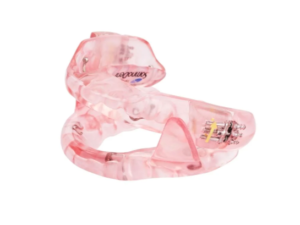
There are three main types of dental appliances designed to manage OSA, each tailored to meet specific needs:
The most common option, MADs fit over your upper and lower teeth and gently shift your lower jaw forward. This forward positioning helps widen the airway, reducing snoring and preventing blockages during sleep.
TSDs work by holding your tongue in a forward position, keeping it from collapsing back into your throat and obstructing airflow. These are particularly helpful for people with larger tongues or those who lack the teeth needed to support a MAD.
While not as effective as MADs or TSDs for treating OSA, custom-fitted mouth guards may provide relief for mild cases. They can help reduce snoring and offer a simpler, low-maintenance option for some individuals.
Each appliance has its own advantages, and a dental professional can help determine which one is right for your specific needs.
You might be a good candidate for a sleep apnea dental appliance if you find that these apply to you:
That said, even if any of this describes your situation — a consultation with a dentist can confirm whether a sleep apnea dental appliance is the right fit. It’s also important to understand the benefits and risks that come with using this device. Which brings us to the next section.
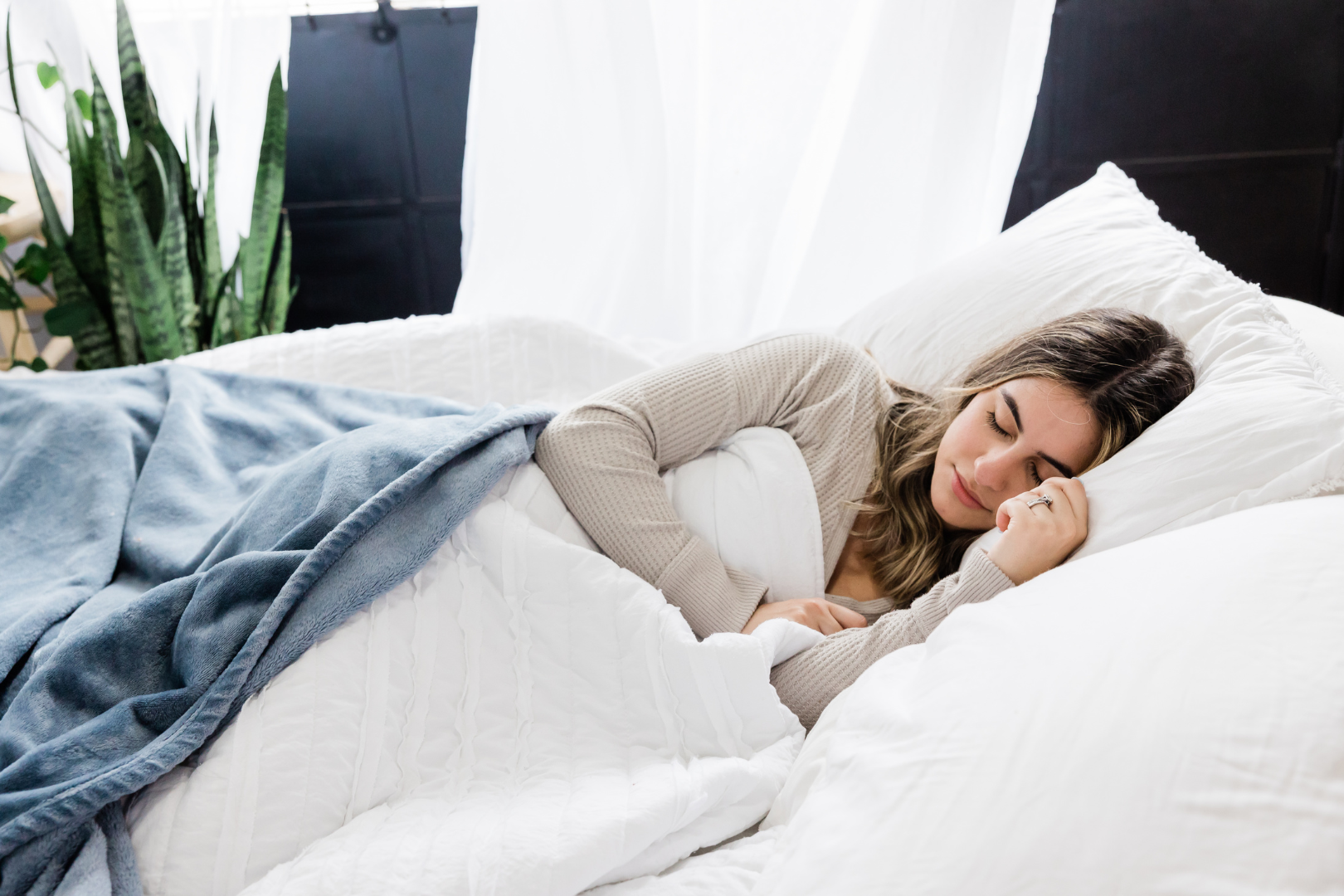
Choosing a dental appliance to manage sleep apnea comes with clear benefits, but it’s also important to understand the potential risks. Here’s a breakdown to help you make an informed decision:

Getting a dental appliance to manage Obstructive Sleep Apnea (OSA) involves a few essential steps, each designed to ensure the treatment is tailored to your needs and delivers effective results. Here’s what the process typically looks like:
Step 1 – Consultation with a Healthcare Provider:
Start by visiting a dentist experienced in treating sleep apnea. They’ll review your symptoms, medical history, and treatment options to determine if a dental appliance is a suitable choice for you.
Step 2 – Undergoing a Sleep Study:
To confirm the presence and severity of OSA, you’ll need to complete a sleep study, either at home or in a sleep clinic. This step is crucial in developing a treatment plan that fits your specific condition.
Step 3 – Custom Fitting:
Once you’re cleared for a dental appliance, your dentist will take detailed impressions of your teeth. These impressions are used to create a custom-made device that fits comfortably and works effectively to keep your airway open during sleep.
Step 4 – Follow-Up Checks:
After receiving your appliance, regular follow-up appointments are essential. Your dentist will adjust the device as needed to ensure a proper fit, monitor its effectiveness, and address any side effects you may experience.
Now that you know the steps involved in getting a dental appliance, it’s important to make the most of your consultation with your dentist or healthcare provider. Asking the right questions can help you understand the process better, address any concerns, and ensure the treatment plan is aligned with your needs. Here are some key questions to consider:
Managing sleep apnea is essential for your overall health and well-being, and a custom-fitted dental appliance could be the solution you need for a better night’s sleep.
At Smile Place Dental, we specialise in creating comfortable, effective sleep apnea devices tailored to your needs. Our experienced dentists will guide you through the process, from consultation to fitting, ensuring you receive the best care possible.
Don’t let sleep apnea or snoring disrupt your life — find out more about our sleep apnea devices and take the first step toward healthier, more restful sleep.
Author Summary – Dr Chitra Rao
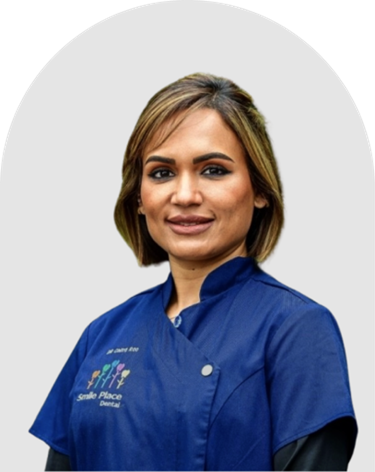
Dr. Chitra Rao has over a decade of experience in dentistry, specifically in the field of cosmetic and orthodontic treatments. Dedicated to achieving optimal results, she takes a detailed and personalised approach to creating beautiful, confident smiles for her patients. Outside of dentistry, Dr. Chitra enjoys staying active, traveling, and spending time with her family.

Struggling with bad breath? You’re not alone.
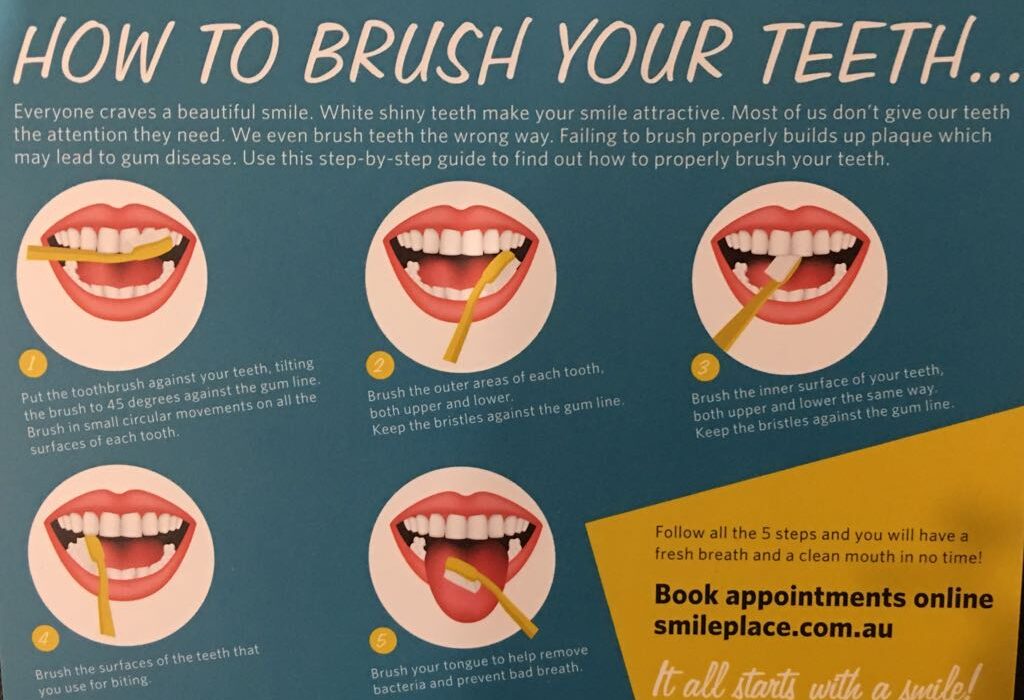
Keep it clean, keep it bright with these simple tips.
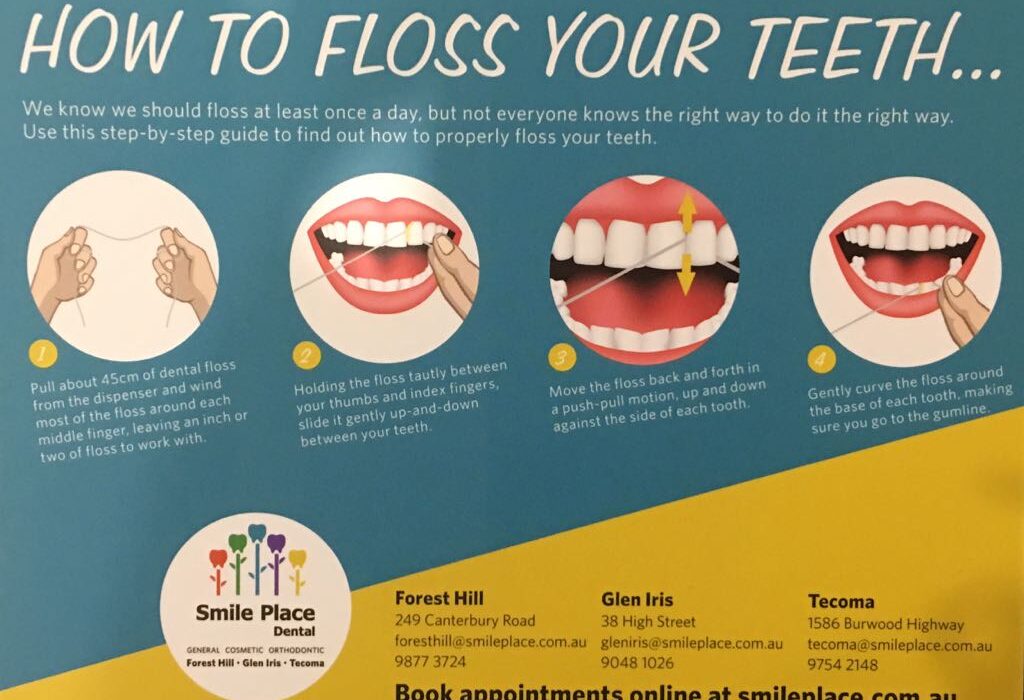
Do you brush twice a day, use a mouthwash, and still struggle with bad breath or surprise cavities? If so, the problem may be caused by inconsistent flossing. Most people skip flossing and those who do floss, often don’t do it right, leaving behind plaque and food debris. The good news? Flossing properly takes just […]